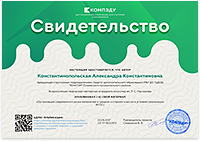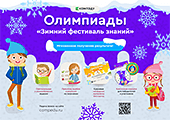Travelling by plane
1. Read and translate the text. Write down the words in bold with their translation:
A. Departures

This is the usual sequence of activities when you get to the airport.
First you go to the check-in desk where they weigh your luggage. Usually you are permitted 20 kilos, but if your bags weigh more, you may have to pay excess baggage (= you pay extra). The airline representative checks your ticket and gives you a boarding card for the plane with your seat number on it. Then you go through passport control where an official checks [not controls] your passport, and into the departure lounge. Here, you can also buy things in the duty-free, e.g. perfume, alcohol and cigarettes. About half an hour or forty minutes before take-off, you are told to go to agate number, e.g. gate 14, where you wait before you get on the plane. When you board (= get on) the plane, you find your seat. If you have hand luggage, you can put it under your seat or in the overhead locker above your seat.
The plane then taxis (= moves slowly) towards the runway, and when it has permission to take off, it accelerates along the runway and takes off.
Note: The verb to taxi is generally only used in this context.
В. The flight
You may want or need to understand certain announcements; these come from the captain (= the pilot) or from an air steward or stewardess / cabin crew / flight attendants (= people who look after the passengers):
Please fasten your seat belt and put your seat in the upright position.
We are now cruising (= flying comfortably) at an altitude (= height) of 10,000 metres.
May we remind passengers (= ask passengers to remember) that there is no smoking until you are inside the terminal building (= where passengers arrive and depart).
The cabin crew (= air stewards) are now coming round with landing cards. (These are cards you sometimes have to fill in when you enter certain countries.)
С. Arrival
When the plane lands (= arrives on the ground), you have to wait for it to stop / come to a halt. When the doors are open, you get off the plane and walk through the terminal building and go to the baggage reclaim where you collect your luggage. You then pass through customs (green = nothing to declare; red = goods to declare; blue = European Union citizens). If you are lucky, you can then get a bus, taxi or train to the centre of town without waiting too long. You can also hire a car (= rent a car) at most airports.
Note: In British English you normally hire something for a short period, e.g. hire a room for a party, and rent something for a long period, e.g. a flat; for a car, you can use both words.
2. Complete the words or phrases below using words from the box:
| off / control / free / card / baggage / in / lounge / luggage / reclaim / locker |
1. boarding..................... 6. duty...............
2. baggage..................... 7. overhead ...........
3. excess..................... 8. take-...............
4. passport..................... 9. departure............
5. hand...:................. 10. check-............
3. What do you call:
1. The place where you go when you arrive at the airport with your luggage?
2. The card they give you with the seat number on it?
3. The money you have to pay if your luggage is very heavy?
4. The place where you sit and have a drink when you are waiting for your flight to be called?
5. The bags you carry onto the plane with you?
6. The place above your head where you can put your hand luggage?
7. The part of the airport where the plane accelerates and takes off?
8. The people who look after you on the plane?
9. The part of the airport you walk through when you arrive or depart?
10. The place where you collect your luggage after you land?
4.

5.

6. Make up the crossword with the nouns by the theme (25 words)





